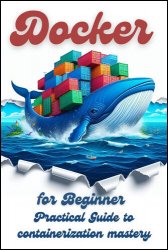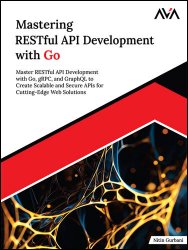- Добавил: literator
- Дата: 9-03-2025, 18:49
- Комментариев: 0
 Название: Docker for Beginner: Practical Guide to Containerization Mastery
Название: Docker for Beginner: Practical Guide to Containerization MasteryАвтор: Nolan Vautrin
Издательство: Independently published
Год: 2025
Страниц: 222
Язык: английский
Формат: pdf, epub, mobi
Размер: 10.1 MB
"Docker for Beginners - Practical Guide to Containerization Mastery" is a comprehensive guide designed for those who want to discover and master Docker, a revolutionary technology in the field of containerization. This book is tailored to be accessible to a wide audience, whether you are a developer, system administrator, or simply a tech enthusiast. The primary goal of this guide is to walk you step-by-step through learning Docker, whether you are a complete beginner or already have some basic knowledge. Through clear explanations, practical tips, and real-world examples, you will learn how to use Docker effectively and integrate this technology into your projects. Docker is a versatile and powerful tool designed for a wide range of users. Whether you're a developer looking to automate and deploy faster, a system administrator looking to simplify environment management, or just curious to learn a new technical skill, this book is for you. Together, we'll learn how Docker can simplify, accelerate, and optimize your workflow.









